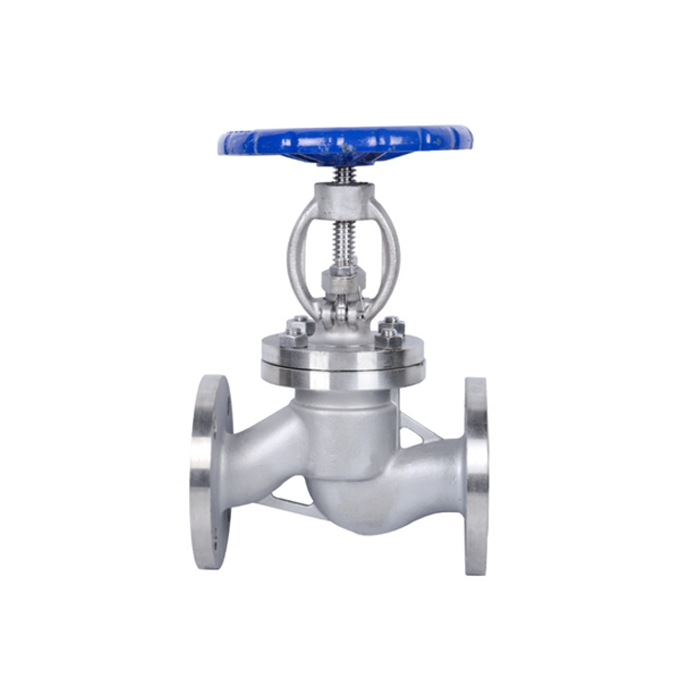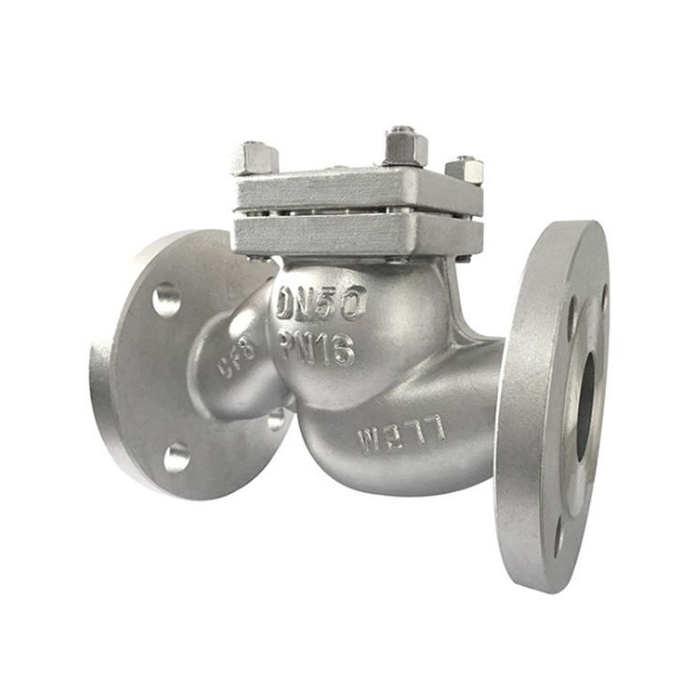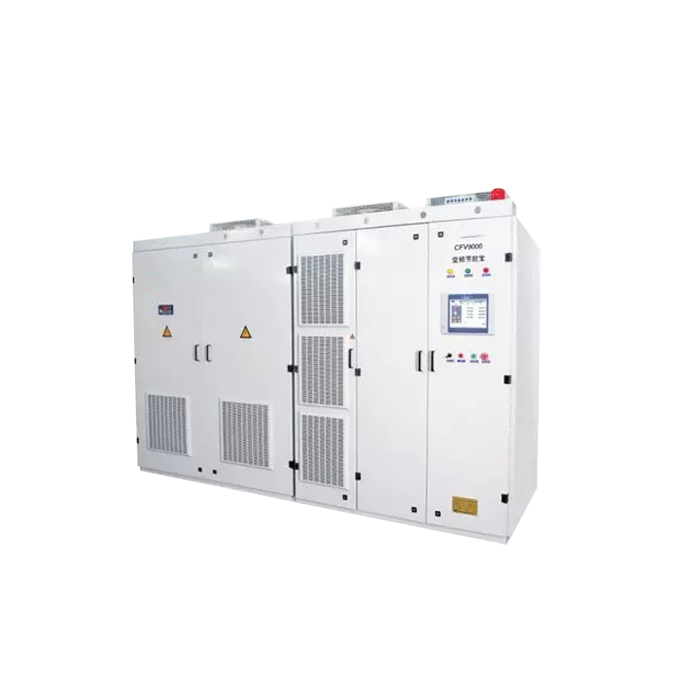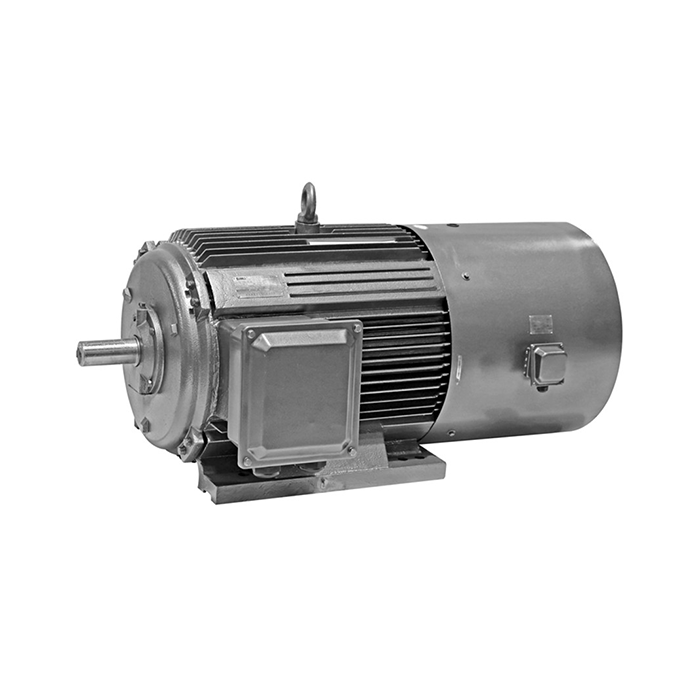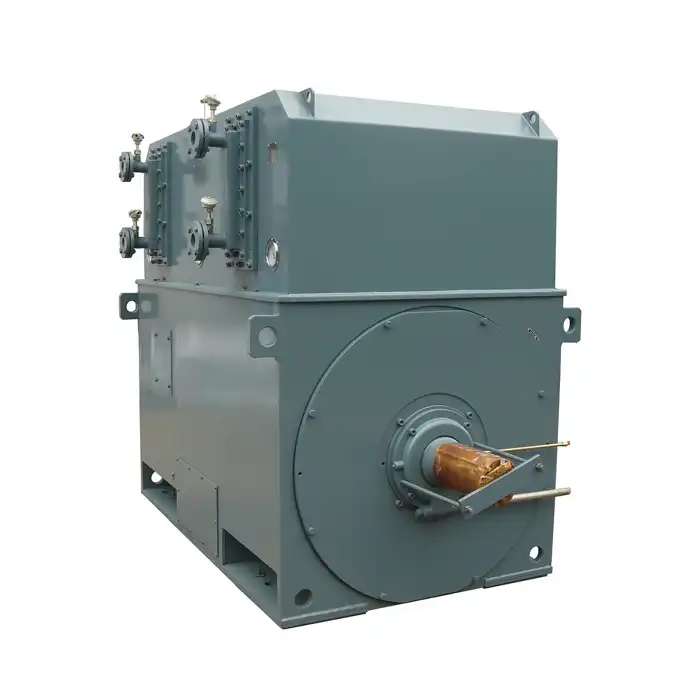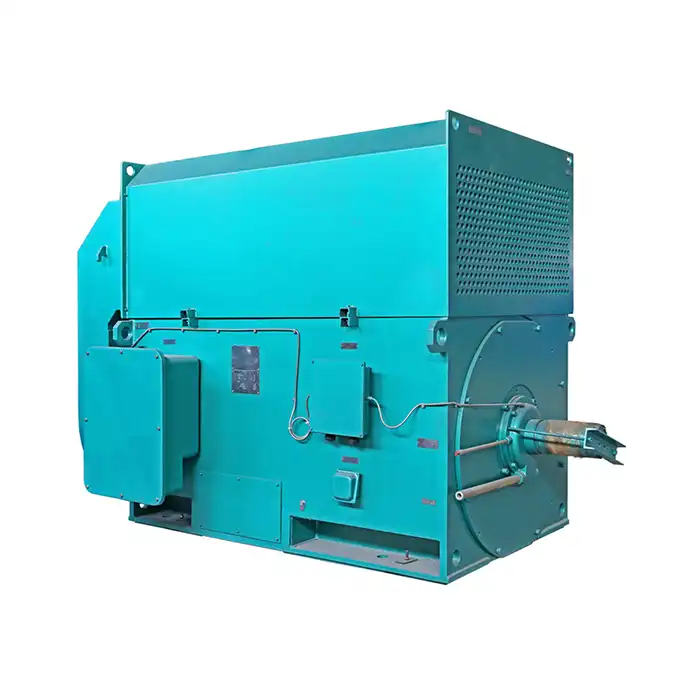6 Key Factors to Consider When Purchasing an LV Induction Motor
When it comes to selecting the right LV induction motor for your industrial applications, making an informed decision is crucial. These motors serve as the backbone for numerous operations across various sectors, from manufacturing to water treatment. In this comprehensive guide, we'll explore six essential factors you should consider when purchasing an LV induction motor, ensuring you make a choice that aligns with your specific needs and operational requirements.

Series:YE3
Frame number: 80-450
Power range:0.75-1000kW
Protection level:IP55
Energy efficiency class: IE3
Voltage range: 380V,400V,415V,660V, etc.
Application:can be used in various fields of the national economy, such as machine tools,water pumps,fans,compressors,and can also be used in transportation, mixing, printing, agricultural machinery, food and other occasions that do not contain flammable, explosive or corrosive gases.
Certificate: international standard IEC60034-30 "Efficiency Classification of Single-speed Three-Phase Squirrel Cage Induction Motors".
Advantage:The high quality of the electric motor guarantees high operational reliability.
Others: SKF, NSK, FAG bearings can be replaced according to customer requirements.
Efficiency Ratings: Choosing the Right Energy Class
The efficiency rating of an LV induction motor plays a significant role in its overall performance and operational costs. Understanding these ratings can help you make a more informed decision.
Understanding IE Ratings
IE ratings, which stand for International Efficiency, are standardized classifications that indicate the energy efficiency of electric motors. These ratings range from IE1 to IE4, with higher numbers representing greater efficiency.
The Importance of IE3 Efficiency
IE3 efficiency motors, such as those offered by XCMOTOR, represent a balance between energy efficiency and cost-effectiveness. These motors comply with international standards and can significantly reduce energy consumption compared to lower-rated models.
Long-term Cost Benefits
While higher efficiency motors may have a higher initial cost, they often lead to substantial savings over time due to reduced energy consumption. This makes them a wise investment for businesses looking to optimize their operational costs.
Size and Power Output: Matching Your Application Needs
Selecting the appropriate size and power output for your LV induction motor is crucial to ensure optimal performance and longevity.
Power Range Considerations
XCMOTOR offers LV induction motors with a power range of 0.75kW to 1000kW. This wide range allows for precise matching to your specific application requirements, whether you need a motor for a small pump or a large industrial compressor.
Frame Sizes and Their Impact
The frame size of an LV induction motor affects its physical dimensions and mounting options. XCMOTOR provides motors with frame numbers ranging from 80 to 450, accommodating various installation scenarios.
Speed Requirements
Consider the speed requirements of your application. XCMOTOR's motors offer speeds ranging from 500 to 3000 RPM, allowing you to select a motor that matches your specific speed needs.
Maintenance Requirements: Long-term Cost Considerations
Understanding the maintenance needs of an LV induction motor is essential for estimating long-term costs and ensuring reliable operation.
Bearing Quality and Longevity
The quality of bearings used in an LV induction motor significantly impacts its lifespan and maintenance requirements. XCMOTOR uses high-quality bearings from reputable manufacturers like SKF, NSK, and FAG, which can be customized based on customer requirements.
Insulation Class and Motor Lifespan
The insulation class of a motor affects its heat resistance and overall lifespan. XCMOTOR's motors come with Class F insulation as standard, with Class H available as an option for applications requiring higher temperature resistance.
Protection Level and Environmental Considerations
The protection level of an LV induction motor determines its ability to withstand environmental factors. XCMOTOR offers motors with IP55 protection as standard, with IP56 and IP65 options available for more demanding environments.
Voltage and Power Supply Compatibility
Ensuring your LV induction motor is compatible with your power supply is crucial for safe and efficient operation.
Voltage Range Flexibility
XCMOTOR's LV induction motors are designed to operate within a voltage range of 380V to 660V, accommodating various power supply configurations.
Power Factor Considerations
The power factor of a motor affects its overall efficiency and impact on your electrical system. XCMOTOR's motors offer power factors ranging from 0.80 to 0.89, helping to optimize your power consumption.
Application-Specific Requirements
Different industries and applications have unique requirements for their LV induction motors. Understanding these specifics can help you choose the most suitable motor.
Industry-Specific Certifications
Depending on your industry, you may need motors that meet specific certifications. XCMOTOR's products are certified to meet international standards, including CE marking and ISO 9001:2015.
Environmental Conditions
Consider the environmental conditions in which the motor will operate. XCMOTOR's motors are designed to function in ambient temperatures ranging from -10°C to +40°C and at altitudes up to 1000m above sea level.
Manufacturer Reputation and Support
The reputation of the manufacturer and the level of support they offer can significantly impact your experience with an LV induction motor.
Quality Control Processes
XCMOTOR implements strict quality control measures throughout the production process, from initial winding to final assembly, ensuring each motor meets high standards of performance and reliability.
After-Sales Support
Consider the level of after-sales support offered by the manufacturer. This can be crucial for addressing any issues that may arise during the motor's lifespan.
Conclusion
Selecting the right LV induction motor involves careful consideration of various factors, from efficiency ratings to application-specific requirements. By taking these six key factors into account, you can make an informed decision that optimizes your operations and provides long-term value.
Are you looking for high-quality, energy-efficient LV induction motors for your industrial applications? XCMOTOR specializes in providing power equipment solutions tailored to your specific needs. Whether you're in manufacturing, process control, HVAC, or utilities, our team is committed to delivering motors that offer high energy efficiency, low energy consumption, and stable power. We pride ourselves on prompt pre-sales and after-sales support, addressing all your technical concerns. To learn more about our LV induction motors and how they can benefit your operations, contact us at xcmotors@163.com. Let XCMOTOR power your success with reliable, efficient motor solutions.
References
1. Smith, J. (2022). "Advancements in LV Induction Motor Technology". Industrial Engineering Quarterly, 45(2), 112-128.
2. Johnson, M., & Lee, K. (2021). "Energy Efficiency in Industrial Motors: A Comprehensive Review". Journal of Power Electronics, 18(4), 567-582.
3. Zhang, Y., et al. (2023). "Comparative Analysis of LV Induction Motor Performance Across Industries". IEEE Transactions on Industrial Electronics, 70(3), 2345-2360.
4. Brown, R. (2022). "Maintenance Strategies for LV Induction Motors in Heavy Industry". International Journal of Maintenance Engineering, 29(1), 78-93.
5. Davis, A., & Wilson, T. (2021). "The Impact of Motor Selection on Industrial Energy Consumption". Energy Policy Review, 55, 234-249.
6. Patel, S. (2023). "LV Induction Motors in the Age of Industry 4.0: Challenges and Opportunities". Smart Manufacturing Technologies, 7(2), 156-171.



